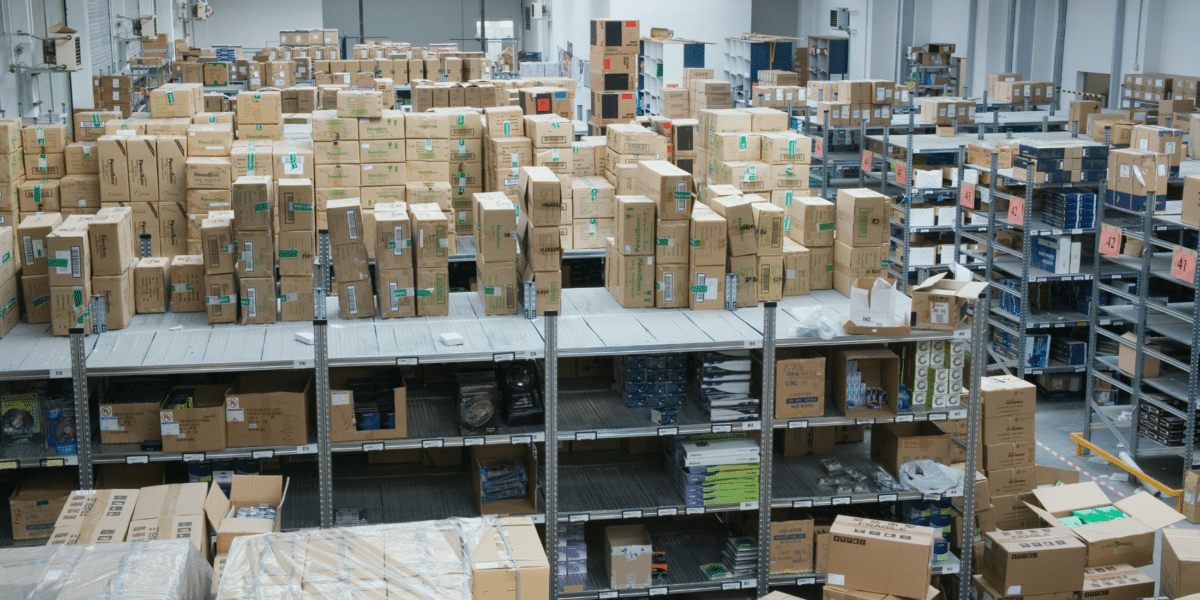
 With increasing frequency, I have noticed blog posts touting the position that “demand planning is dead.” Why? Often, these posts claim the proliferation of products and distribution channels coupled with the accelerated pace of the supply chain makes it too difficult to create accurate forecasts. Their solution: by sensing and reacting to customer demand at the point of purchase there is no longer a need for projecting demand based on history. As Mark Twain said after an American paper falsely printed his obituary, “The reports of my death are greatly exaggerated.” And so it is with demand planning.
With increasing frequency, I have noticed blog posts touting the position that “demand planning is dead.” Why? Often, these posts claim the proliferation of products and distribution channels coupled with the accelerated pace of the supply chain makes it too difficult to create accurate forecasts. Their solution: by sensing and reacting to customer demand at the point of purchase there is no longer a need for projecting demand based on history. As Mark Twain said after an American paper falsely printed his obituary, “The reports of my death are greatly exaggerated.” And so it is with demand planning.
The Fallacy of Basing Production on Actual Demand
Proponents for getting rid of demand planning claim that if you base production on actual customer demand at the point of consumption, you can eliminate or minimize static inventory. This equates to moving to a build to order process which works great if your customer order lead-time is greater than your combined purchase, manufacturing, and distribution lead-time. Unfortunately, for most companies this is not the case. In fact, in most industries customer lead-times are shrinking. The “Amazon Effect” of providing 2 day, 1 day and even same day delivery has completely changed the game for many consumer product and retail companies. Customers expect products to be on the shelf and/or be delivered to their homes in the matter of days, if not hours. It is important, now more than ever, to understand what the customer will want, where they want it and when. Even if your manufacturing and distribution lead-time is less than or equal to your customer order lead-time you still need to forecast component and/or raw materials.
The Proliferation of Products and Fulfillment Channels
Yes, it is more difficult to forecast demand when there is a higher number of products and more locations/options where they can be purchased. Companies have introduced a higher number of new products to capture a higher share of demand from customers who have ever-changing tastes and preferences. Many of these products have limited demand history, and an increasing share have low and intermittent demand especially at the SKU/location level. The typical approach of using one or two forecasting methods for all products won’t produce the best results. I would venture to say that most proponents for eliminating demand planning is because it has become too difficult to produce accurate results if you’re not using an advanced demand planning platform. Advanced demand planning platforms include the following capabilities:
- Machine learning algorithms to select the best forecast method for each product/location combination across a product’s life
- Process automation/augmentation through collaborative workflow, configurable limits, active alerts and multi-variate segmentation to focus planner attention on the most critical demand planning opportunities
- Advanced analytics to understand forecast inaccuracies, determine the root-cause of these inaccuracies, project what could happen, and determine what should be done to minimize forecast error and maximize the usefulness of the demand plan across the organization
- Forward-looking demand signals to adjust and refine statistical forecasts for ever-changing customer preferences and changes to distribution channels
Most executives agree that the ability to generate an accurate forecast has a significant impact on long-term business success. The accuracy of forecasts directly affects an organization’s ability to satisfy customers, manage resources and grow the business cost effectively. An improvement in forecast accuracy—even just one percent—can produce a ripple effect across the business including significantly reducing inventory buffers, obsolete products, expedited shipments, distribution center space, and non-value added work. In turn, these improvements can translate into higher customer fill rates, customer satisfaction and ultimately more revenue with higher margins.
I think with these types of opportunities for both top line revenue and bottom line profits, initiatives to improve Demand Planning capabilities will continue to be a top priority for most companies. The ebook, Practical Tips to Improve Demand Planning, provides a guide to help you leverage strong demand planning and optimization.
What do you think? What actions is your company taking to improve the ability to predict demand?



